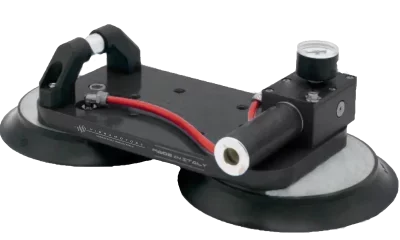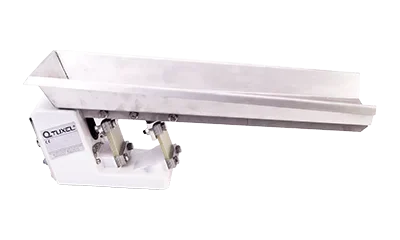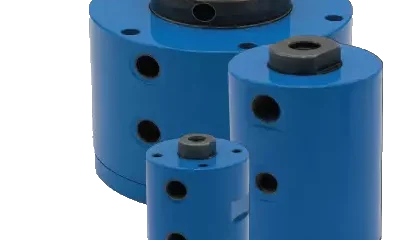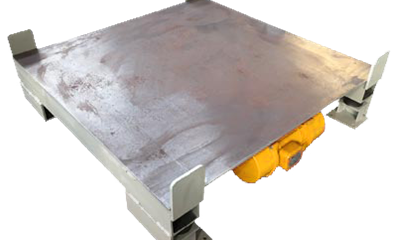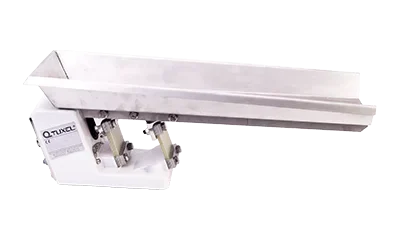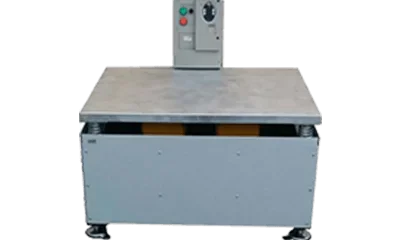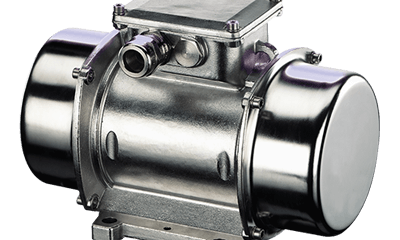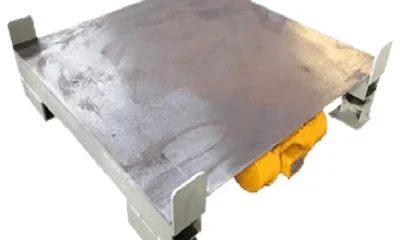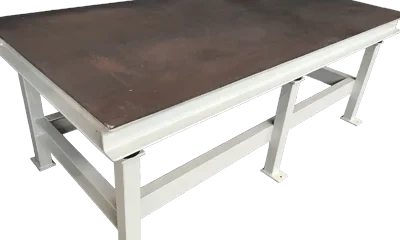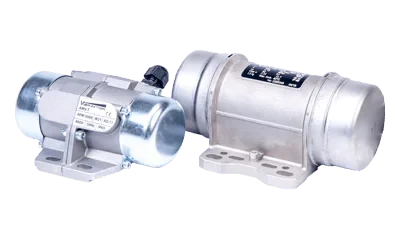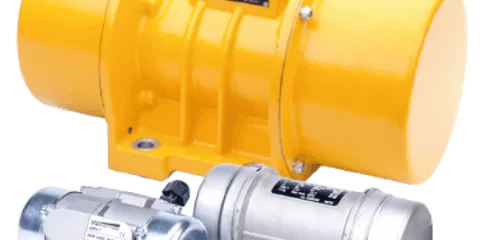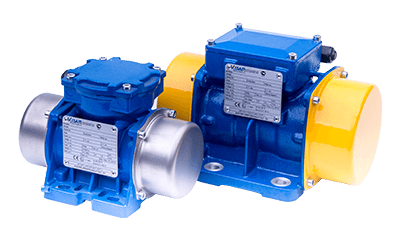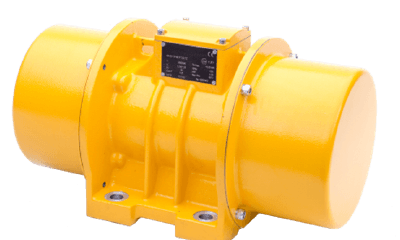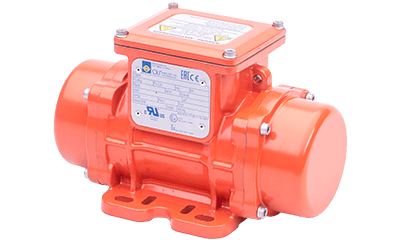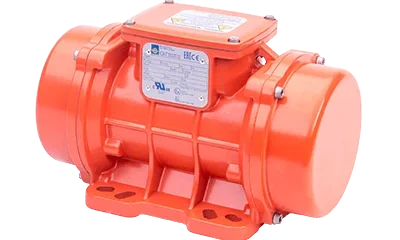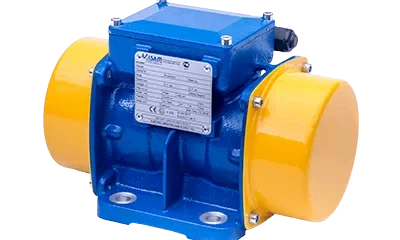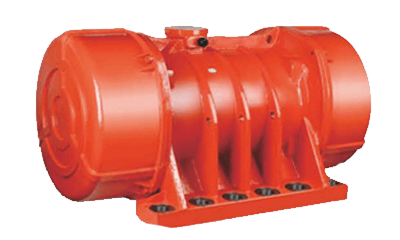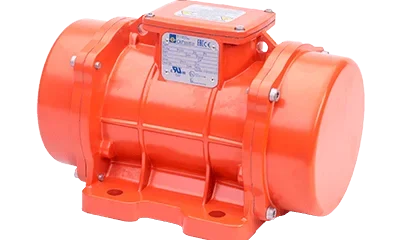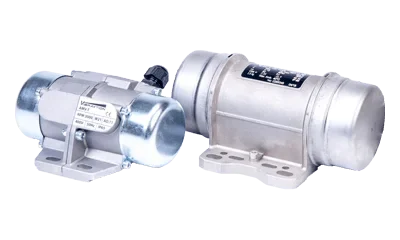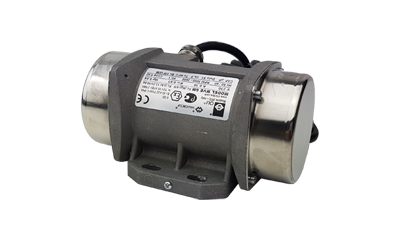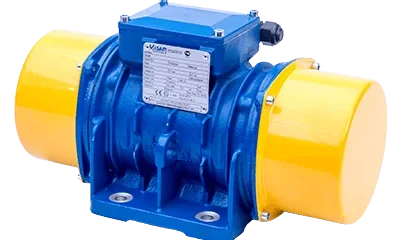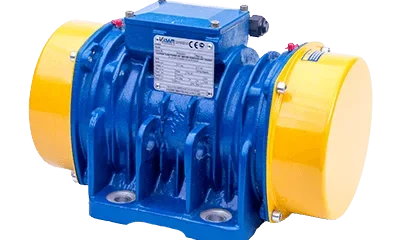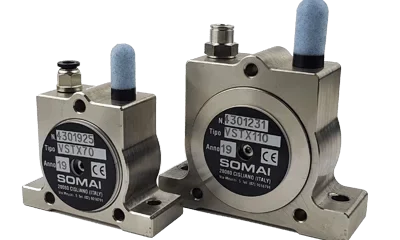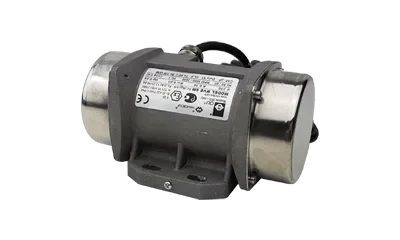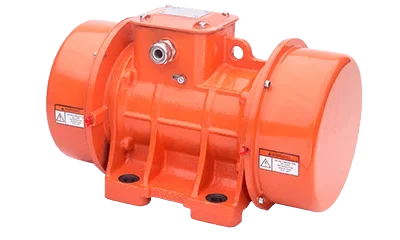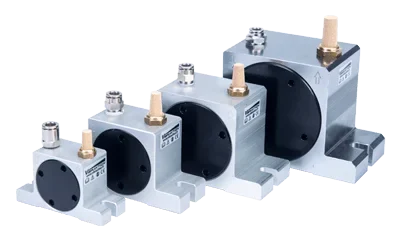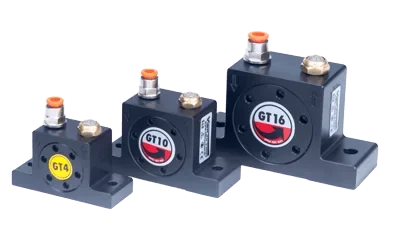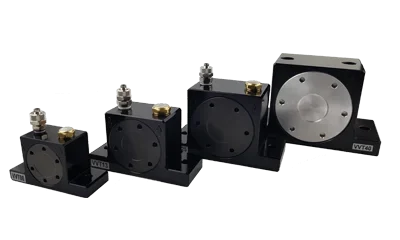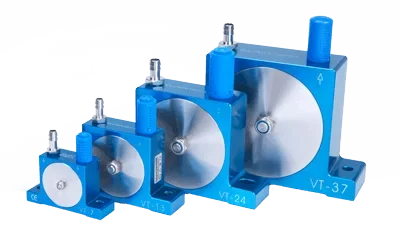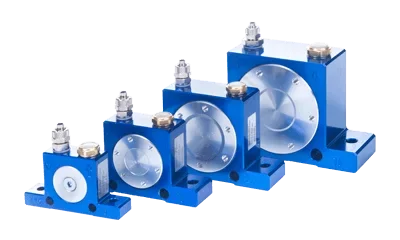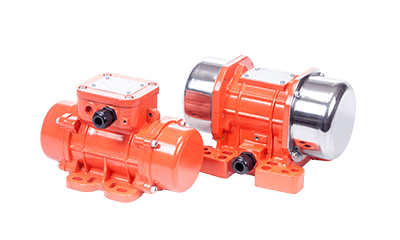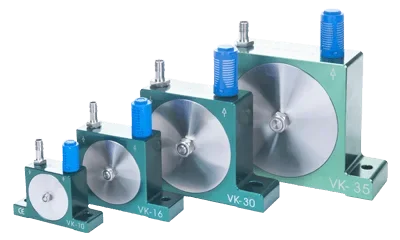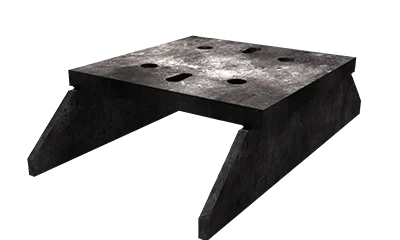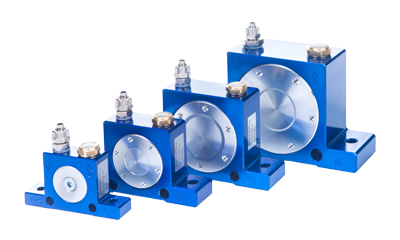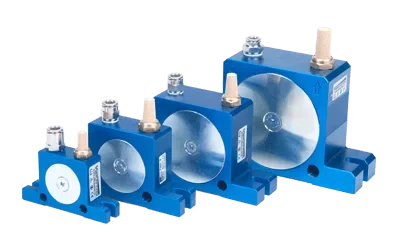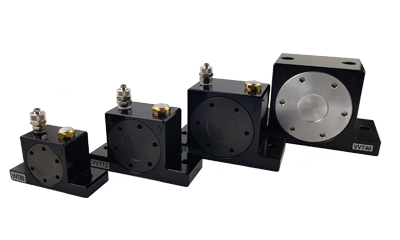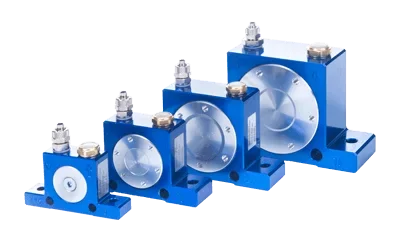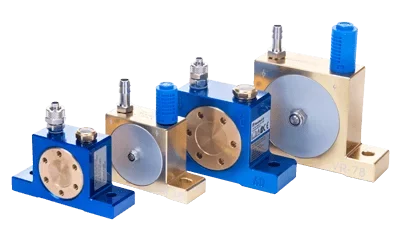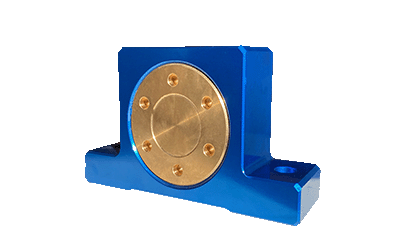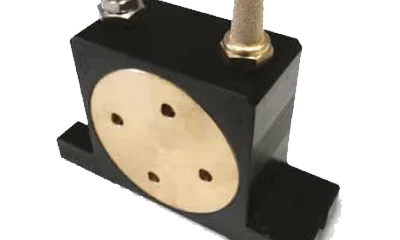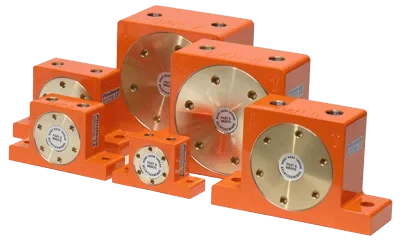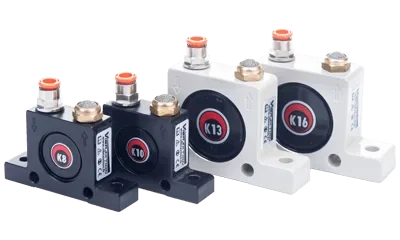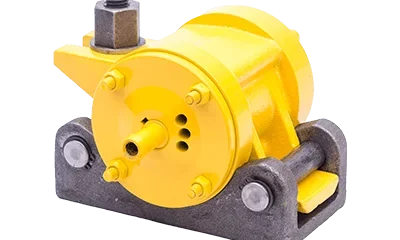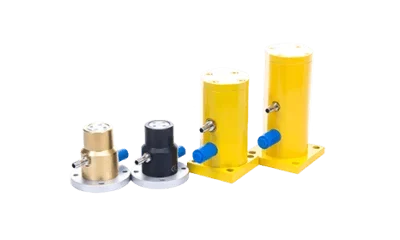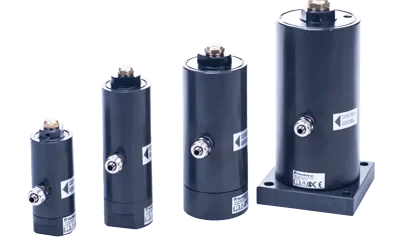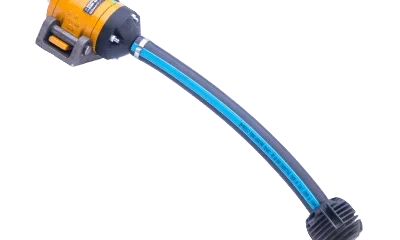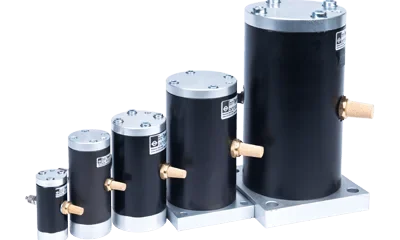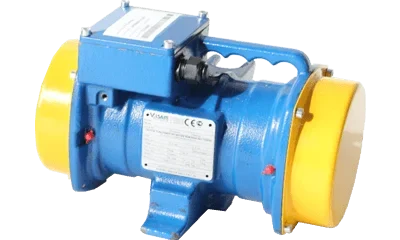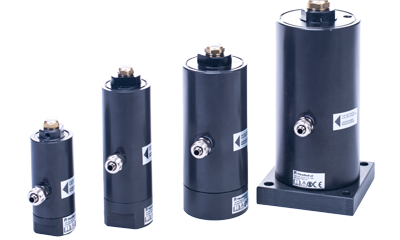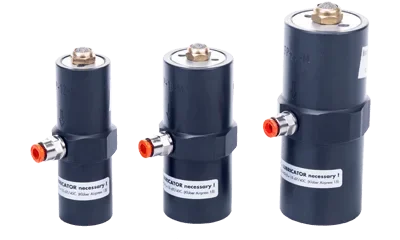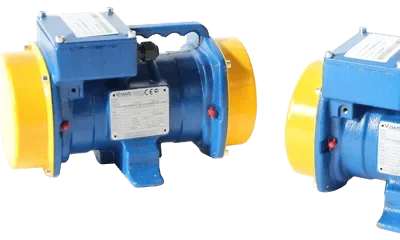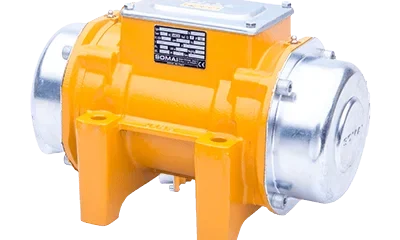
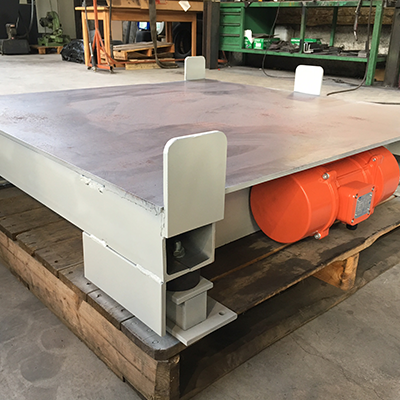
Compacting Big Bags consists in compressing matter with vibrations. his process eliminates the air pockets left in the batch, thus ensuring a greater density. In addition to the clamping effect, the big bags compacting process usually is simultaneous with the weighing function.
A big bag is a big, flexible intermediate bulk container (FIBC) designed for storing various dry, non-hazardous materials (powder, sand, fertilizer, seeds, PE balls, rubble, etc.).
This bag made of sturdy technical textile (often thick polypropylene) is both economical and reusable. Whether it has lifting loops or not, this item is ideal for handling with a forklift, a lifting hook, etc.
A big bag has a capacity of about 1,000 kg (2,200 lbs). The big bags specifications are defined by the NF EN ISO 21898 standard (i.e. “Wrapping – Flexible Intermediate Bulk Container (FIBC) for non-hazardous materials”).
Compacting properties
Compacting materials in big bags optimizes the storing capacity and allows to:
- Optimize the usable space of the container by eliminating the air pockets;
- Increase the rigidity and stability of the big bags while they’re being handled;
- Speed up the conditioning process by harmonizing the level of matter.
When discharged, loose matter tends to form an “hourglass”. That is, matter accumulates faster directly in the feeding axis, rather than at the rim of the container. You can solve this issue by using vibrations, which will make the mass of matter stored inside the Big Bags uniform.
Compacting Big Bags with a vibration table
Place your vibration table under the filling station, and attach your big bag to it.
The matter will then discharge from the storage hopper into the bag.
The vibrating table is equipped with stop brackets – whether detachable or not – so as to maintain the pallet under the big bag during the compacting process.
Spring scales can be attached to the table, so the operation synchronizes with the load you wish to use during the packaging process. The table also comes with silent blocs or springs that isolate the effects of the vibration. They will prevent any damage to the weighing mechanism,
as the applied unidirectional vibratory frequency runs through the center of gravity of the mechanically welded element. In addition to clamping materials, the vibration also breaks the pyramidal or hourglass shape they took during the emptying process.
The vibratory frequency is calculated depending on the planned application: it should be between 25 and 50 Hz, according to the quantity and typology of the material.
When the table is set to vibrate continuously, the matter will be packed as long as the process is running; sporadic vibrations allow, on the other hand, to synchronize the process with the draining cycle of the storage hoppers.
Once the bag is filled with the desired quantity of material, the hopper will automatically stop the discharging process. Should the hopper only be equipped with a level sensor, it is crucial that you use vibrations to help breaking the hourglass-shaped agglomeration, so as to prevent the hopper from interrupting the discharging process prematurely.
Vibraxtion’s Tailor-made Vibrating Tables
We offer a range of reduced-height vibrating tables (250 mm) that can be easily set up under your feed hoppers.
This tailor-made table allows you to use 800 mm*800 mm to 1,200 mm*1,200 mm pallets.
All of our tables have a big enough slot to install a stacker and its rotating blades, which makes it easy to drop off and unload pallets.
All the aforementioned features are specific to our vibrating tables. By choosing to integrate our devices to your industrial facilities, you will find that they greatly facilitate your works.
Feel free to contact us for more information. Our experts will be happy to help you find the vibrating table tailored to your needs!
Many French companies already trust our expertise in vibrating tables making :
- Hd distribution: specialized in packaging, unpacking and storage of industrial powdered materials. Creation of a 1200 x 1200 vibrating table for Big Bag compacting (1,5 T).
- Bostik: Creation of a vibrating table for compacting powdered matter in Big Bags (1 T)
